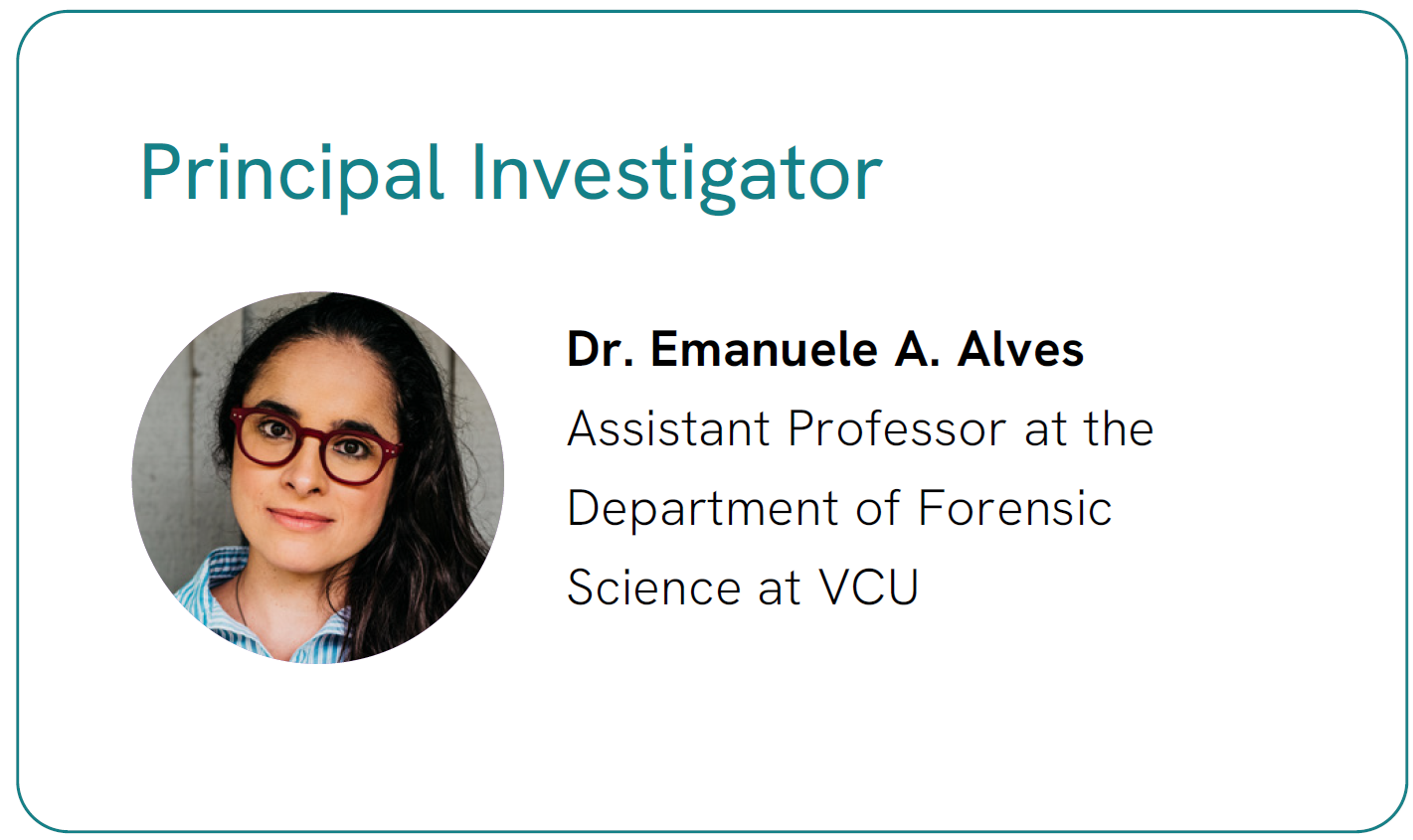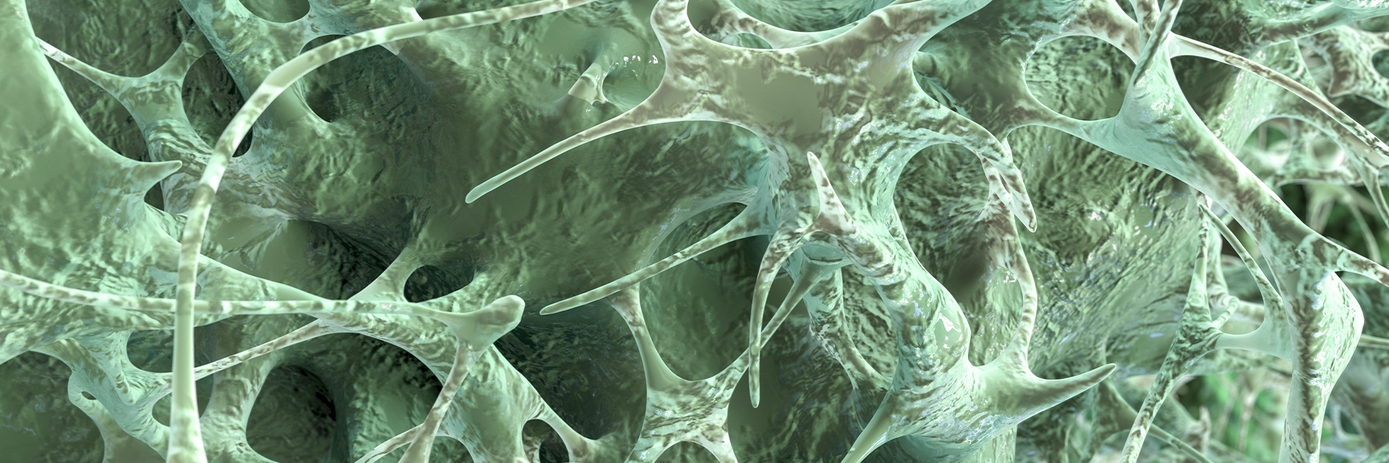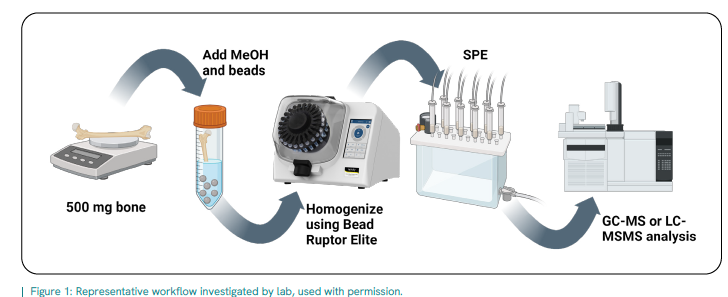


Research spotlight: A glimpse into forensic toxicology analysis of opioids
New Method Development for Forensic Toxicology Real-world Sample Analysis
Opioids are used for pain relief, but their addictive nature has helped contribute to the drug overdose crisis in the US. In this article, we introduce Dr. Alves’ research team at VCU who are developing analytical methods for opioid detection from real-world samples, including bones, that is fast and cost-effective compared to more traditional methods. Read about their workflow and research goals, as well as the Q&A to learn more about their lab interest and collaboration opportunity.


Opioids are a class of medication, broadly umbrellaed by their structural relation to natural plant alkaloids found in opium (opiates). Natural, semisynthetic, and synthetic forms that are lab-derived act on specific cell surface receptors found predominantly in the CNS that elicit their typical clinical effects in perceived pain relief and analgesia; however, their highly addictive nature also makes them a primary driver for drug overdose deaths1. Opioid abuse is currently a recognized epidemic in the US amidst the growing substance abuse and drug addiction crisis; the adoption of synthetic opioids, resulting in its illicit production and abuse, has exacerbated the crisis, where according to the US DEA, 67% of all drug overdoses in 2021 were attributed to this class of opiods2.
Dr. Emanuele A. Alves’ research team at the Virginia Commonwealth University’s Department of Forensic Science focuses on the investigation of new pharmacological substances, mechanistic studies, and the development of analytical methods for additional ‘real-world’ sample types. Though a blood or urine drug test is routinely used in typical circumstances, some situations and research investigations necessitate uncommon toxicological matrices, including bone.
"I was drying the bones and grinding them as suggested by many previously published protocols. This process is effective, but it takes at least 24 hours to be executed. The addition of the Omni Bead Ruptor [a sample homogenizer] to the method considerably decreased the analysis time [required for our forensic toxicology study].”
These situations may include cold cases or when extended putrefaction of remains have already occurred or when studying the effects of certain compounds on bone development or biological processes.
Members of her team are currently developing and validating an extraction method protocol following ANSI/ ASB Standard 036 guidelines leveraging bead milling for increased extraction yields and analysis of synthetic opioids from bone into GC-MS and LC-MSMS using rabbit models due to their comparable ability in spontaneous cortical bone remodeling. Their current model permits completion of the extraction method within 2 hours from initiation.
Results

Method performance was evaluated using rabbits treated intravenously with opioids (n > 3). After animal euthanasia, left ribs, femur, and scapula were collected and extracted for analysis, while the corresponding equivalent bone on their right side were allowed to naturally decompose prior the extraction and assessment of opioid recovery.
If you would like to connect further to discuss their work, please reach out to alvesea@vcu.edu.
Learn more about the Omni bead mill homogenizers or schedule an on-site demo today.
Q&A: meet the Alves team

Lab and research interest
Q. Could you share some insights about how this project came about in your lab?
The idea came from a talk at the American Academy of Forensic Science (AAFS), where a forensic anthropologist showed her data about how opioids were able to change the morphology of bones. I thought that, if they could interfere with the bone’s morphology it was because they can achieve this matrix and bones could be a reservoir for opioids.
Q. What are you most passionate about in your research/science?
It is to develop a method that could decrease the cost and time for analyzing this difficult matrix. In some cases, bones or teeth are the only samples available, and helping forensic laboratories achieve quality and fast analysis using this matrix is the main goal of our team.
Q. Does your lab focus on other related research as well?
Yes! My lab is currently working on different projects with several approaches, not only focusing on forensic toxicology but also on mechanistic toxicology, pharmacology, and drug development. We have projects dedicated to the development of a THC breathalyzer, the evaluation of drug-drug interactions, the development of alternative analgesic compounds obtained from krokodil, the pharmacological properties of kratom products, and others.
Future directions for research
Q. What are your lab’s next step for method development for toxicological analysis of synthetic opioids from bone?
Our team is currently validating the method for the evaluation of the bone samples using LC-MSMS. We already have a validated method for GC-MS. The idea of having both chromatographic techniques validated came from the fact that LC-MSMS is currently the main tool in forensic toxicology analysis. However, not all the laboratories will have an instrument like that available. We want to expand our methodology for all laboratories in the U.S. and other countries.
Q. Where do you hope this research will have applicability? What are you most excited about regarding the direction of this research?
I think the main applicability of this research relies on the use of both validated methods in real cold cases. One secondary part of the project is dedicated to creating a correlation between bone – blood concentration. This correlation will help to evaluate the role of the opioid in the case.
Adoption of technologies to improve workflows
Q. Where do you see automation-enabled technologies helping the most in your field of study, in ‘real-world’ settings?
I think automation is very welcome in extraction methodologies as we usually extract several samples per batch. Automation decreases the time of the analyst handling the sample which also decreases the cost of the analysis. Another important automation is the autosampler in most instrumentation. It is extremely helpful as it is possible to inject several samples without direct monitoring. For this project, I think the most important automation would be in the SPE extraction part of the method.
Q. What was your method prior to incorporating the Omni Bead Ruptor Elite into your workflow? What would you say has been the biggest benefit of the bead mill for your lab workflow?
I was drying the bones and grinding them as suggested by many previously published protocols. This process is effective, but it takes at least 24 hours to be executed. The addition of the Omni Bead Ruptor to the method considerably decreased the analysis time.
We would like to thank Dr. Alves and their lab for giving us their time and sharing insights into their research with us.
References:
- https://nida.nih.gov/research-topics/trends-statistics/overdose-death-rates (last update listed as May 14, 2024. Page visited June 10, 2024)
- Boysen, P. G., Patel, J. H., & King, A. N. (2023). Brief History of Opioids in Perioperative and Periprocedural Medicine to Inform the Future. Ochsner journal, 23(1), 43–49. https://doi.org/10.31486/toj.22.0065
- Meeting Report: ASPET 2023 Annual Meeting Abstract – Toxicology. Kala N. Babb, David J. Cohen and Emanuele Alves. Development of an Extraction Method for the analysis of Synthetic Opioids in Bone Samples using the Bead Ruptor. Journal of Pharmacology and Experimental Therapeutics June 1, 2023, 385 (S3) 462; DOI: https://doi.org/10.1124/jpet.122.232160
For research use only. Not for use in diagnostic procedures.




























